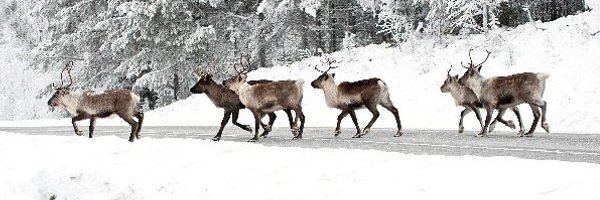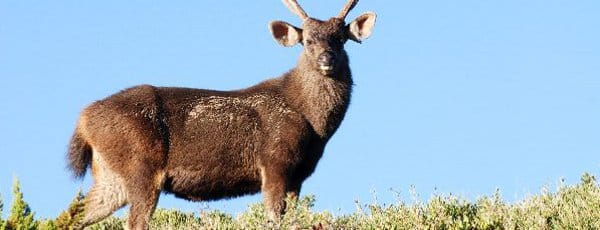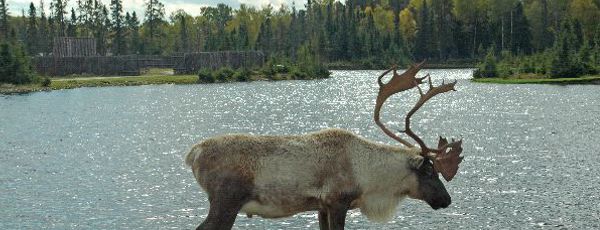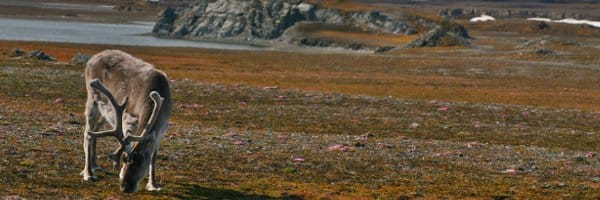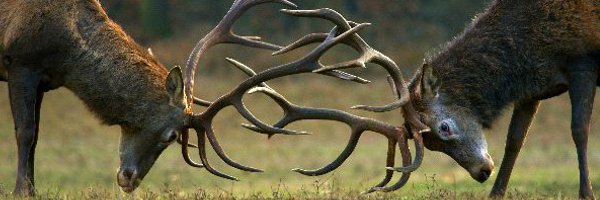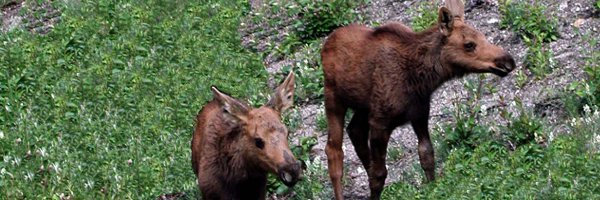Deer Interactions
For the most part deer are very quitet animals. They do bellow and make grunts that are used as verbal forms of communication among them. Snorting is often a type of communication that is used by the males in their interactions with the females. They also grunt with each other before they engage in battles with their antlers.
Males use verbal bellowing when they are actively seeking out females. They want to be able to find them in their various territorial locations. The females often call back and that helps the males to find them. Hunters often use a variety of calls that sound like deer to entice these animals out into the open where they can kill them. By mimicking the sounds that their own species use it isn’t hard to trick them into doing so.
The body language of a deer can tell you a great deal about it. They have a certain type of posture that tells you when they are relaxed, when they are fearful, and even when they may become aggressive. The positioning in a herd can tell you about the social status of the members. Those that are dominant will stand away from the rest. They also don’t have direct contact with those in a leadership position.
Deer are able to learn plenty about each other through their sense of smell. They have scent glands in front of each eye and on the hooves. When they rub against trees or each other as well as walk they give off a particular smell that is unique to them. Through these types of smells they can determine the sex, social status, and physical condition of deer that they come into contact with.
This is why they will spend time smelling each other before doing anything else upon meeting each other. In fact, most experts believe that scent is the number one form of communication among deer species. They can find out all of the basic information they need to know in just a matter of minutes this way.
There are seven different glands in the body where the various scents can come from. They are located on the hooves, the legs, and the head of the deer. Through all of this it may seem like they don’t interact very much but there is so much going on that isn’t audible.
The does don’t usually get involved in physical confrontations with each other. Yet that can occur if they have about the same social status in a herd. One may hold its head up high. If the other doe does too then they will use their hooves to flail at each other rapidly. If the one being looked at lowers its head then there won’t be a confrontation. Yet it can alter the social structure of the herd through this form of communication.
Deer also have a great sense of hearing. When they do hear a sound that could be threatening they will raise their tails. This is a warning sign to all around them that there could be something to be well aware of. Usually it isn’t long at all after those tails go up that the deer run swiftly for cover.
Deer do pick up on such forms of non-verbal communication from each other. When a deer is stamping its hooves into the ground it can be a type of warning that they are uneasy with something in the surrounding areas.
We definitely need to invest more time in the area of understanding deer communication. Yet the funding for it really isn’t there and it doesn’t seem to be a pressing issue among most researchers. It can also be hard to get great information from the deer because once they detect people in the area they are going to change their natural behaviors.

